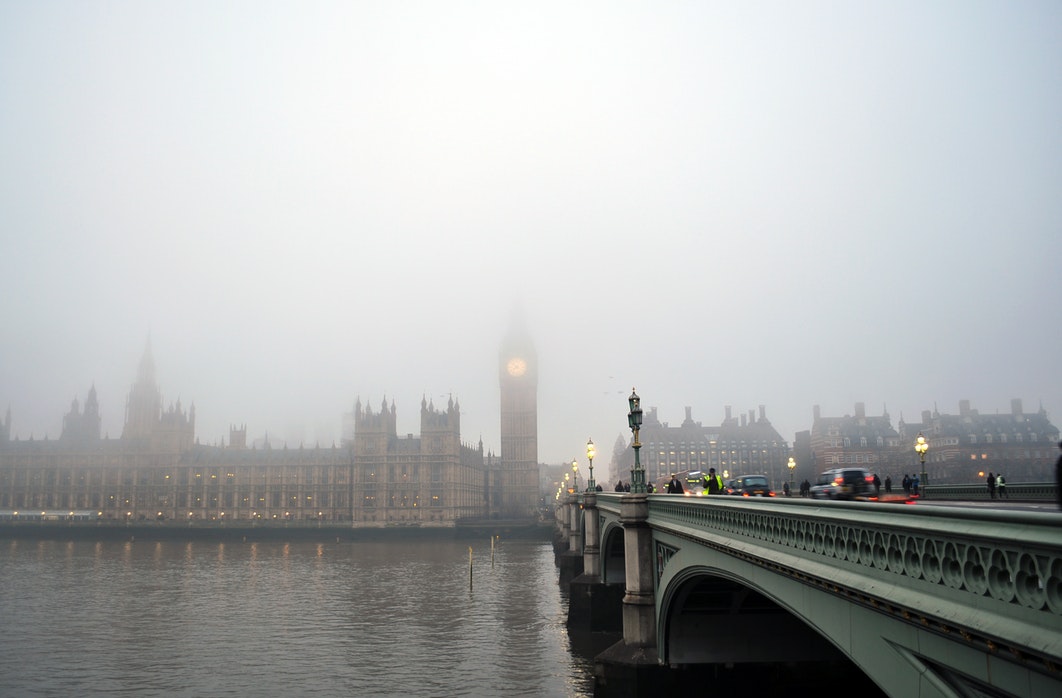
How can I help save the Planet?
Climate change and the adverse effects of carbon emission have always been a hotly debated topic. Altered weather patterns are causing food insecurities, floods and it’s obvious that carbon pollution is taking its toll on the planet.
These forces, however, are larger than one individual and it can be difficult to figure out what one can do to salvage the situation. Sure you could buy a hybrid vehicle or invest in greener appliances but not everyone can afford these.
That being said, offsetting your unavoidable CO2 emissions is a practical and immediate way to take ownership of your personal contribution to climate change and here are 10 ways to do so:
1) Change Your Light Bulbs
Unlike the old incandescent bulbs, new LED and CFL light bulbs can emit the same amount of light using 25 to 80% less energy. In addition to being energy efficient, LED and compact fluorescent lamps (CFL) save most families more than $100 in savings every year. This is one of the easiest ways to reduce your carbon footprint and also a really effective one.
2) Take a Zeelo!
On average, people spend over 18 days of the year in a car. Cars emit as much carbon dioxide as the equivalent of their own weight in the same duration. The benefits of carpooling with Zeelo are pretty obvious, not only would it save money and time, but also the planet!
To reduce greenhouse gas emission further, booking your own Zeelo coach or hopping on one of our routes to work helps in reducing the number of cars on the road.
3) Unplug Appliances That Are Not Being Used
Most common household appliances like computers, coffee makers continue to use energy in standby mode. According to How Stuff Works the ‘phantom energy’ consumed by electronics accounts for 10% of your electricity bill and drains up a total of $19 billion worth of energy every year in the United States.
It’s prudent that you organize your electronics into power strips so that you are able to turn everything off in the flick of a switch.
4) Buy Local and Organic Foods
Food travels on average over 1500 miles from the farms to supermarkets. Eating local means that less fuel is consumed in getting the food to you. And eating from local markets ensures you know where your produce is coming from, keeping your health in mind as well!
5) Reduce, Reuse and Recycle
A significant percentage of the United States greenhouse emissions emanate from “provision of goods.” The term provision of goods refers to the extraction of resources, manufacturing, transporting and disposal of consumer products.
To reduce on this, consider whether you really need a new product before purchase and whether you can get it second-hand. Many household items can be found at thrift shops, yard sales, and consignment stores
6) Ditch Your Old Thermostat
Programmable thermostats are more accessible and easier to install. A simple adjustment by only 2 degrees in the summer and winter will save you a significant amount of cash on your next energy bill.
What’s more, turning it off entirely when you are not at home can you save as much as 15%
7) Reduce Your Home's Energy Loss
Even with reasonably airtight homes, air leaks are a major source of energy loss. Heaters and coolers have to work overtime in order to compensate for the loss.
Air leaks, in particular, account for 15 to 25% of the heat in lost winter or gained in the summer. You can reduce on this by reducing drafts and air leaks with caulk, weather stripping, and insulation.
In addition, change your air filters regularly and also remember to turn off the lights when you leave a room.
8) Wash Your Clothes in Cold Water
Washing cold makes you laundry machine gentle on the environment. This tiny change can reduce the appliances carbon emission by up to 75% and additionally makes your clothes less susceptible to colour bleed and shrinkage.
9) Plant a Tree
One of the easiest ways and also one of the most fun ways is simply by planting a tree in your backyard! It would absorb one ton of carbon after 40 years of the tree’s lifespan. You can buy seeds online or go to a plant shop and just grab a small one to put directly into the soil in your yard.







.svg)
.svg)
.svg)
.svg)
.svg)

.svg)